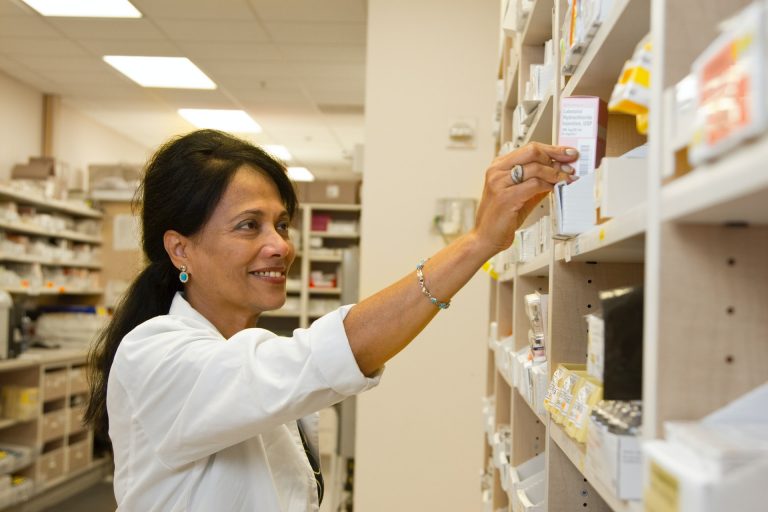
Applications and internet-based services are rapidly taking over in medicine as the norm in today’s society Personal computers are widely used in the office, and many employees have access to them around the clock through smartphones and other devices. As a result of the medical digital revolution, new technologies are becoming available and being utilized in clinical settings. Self-monitoring of physiological indicators through a cell phone, for example, or laboratory test alternatives are examples of this kind of technology. Patient-physician interactions, ethical standards, privacy, and security are all at risk because of this.
In the meanwhile, little is known about how the public as well as healthcare providers see and use these new tools. Online appointment scheduling, test result collection, and email have each been used by two-thirds of Kaiser Permanente members. In the United States, the Veterans Administration‘s website is used by over 600,000. An electronic health record (EHR) in which patients can view, edit, or comment on their medical history is one type of patient online service. Another is an email or web portal in which patients can interact with their doctor or another healthcare provider to receive a customized response to their questions.
Surgery Using a Robot
One of the most difficult uses of contemporary technology is the aforementioned robotic surgery. Surgeons may perform delicate and complicated treatments that are normally impossible or very difficult to carry out during these operations.
Robotic surgery, in spite of its name, is performed entirely by a human surgeon. While using the Da Vinci surgical robotic system, surgeons may make much smaller incisions and utilize more accurate tools while still maintaining complete control over the procedure thanks to the utilization of a 3D and HD vision system.
It’s less painful, leaves fewer scars, heals quicker, and lowers infection risk with robotic surgery. People’s lives may be saved when technology advances and new possibilities and advancements are made available to the public. Many educational objectives may be achieved via the use of technology in medical education. These include making it easier to acquire fundamental information and making it easier to make better decisions. These goals may be achieved by using a wide range of technological solutions.
pharmacological development and research
The COVID-19 vaccine was developed in only one year, which is unprecedented in the history of drug development. This is, of course, due in part to the fact that there is involvement and funding from all over the world. However, mRNA technology was used in the development of certain vaccines, such as the Pfizer/BioNTech and Moderna vaccines.
Our ability to enhance this technology and create a medication in the face of an epidemic has only come about due to a pressing need. The world’s largest immunization campaign is now distributing these vaccines, and they serve as an excellent demonstration of how far medical research has come.
Medical Diagnostics Technology Diagnosis
Diagnosis is the process of figuring out what’s wrong with someone. Simple medical diagnostic equipment includes stethoscopes, hypodermic needles, and blood pressure cuffs (also known as sphygmomanometers) for listening to a person’s heart. Things become much more difficult, though.
An MRI scanner, for instance, captures images of your inside tissues, such as your brain! This is done to check for a wide range of issues, including organ abnormalities, cancerous tissue, damaged ligaments, and more. It works by engulfing the user in a strong magnetic field. This aligns with the magnetic particles in a person’s body.
Are there ways you can incorporate medical technology into what you do?
If that is the case, then you aren’t performing remote surgery in Hong Kong from your Nottingham clinic or working on the latest vaccination version. You, on the other hand, are fighting an epidemic-caused conflagration. You’re working hard to save as many people as possible while trying to prevent becoming exhausted.
What technical alternatives do you have, then?
You may easily and effectively incorporate technology into your daily practice in a number of ways. The following tips can help you and your patients save time and money by using healthcare technology.





